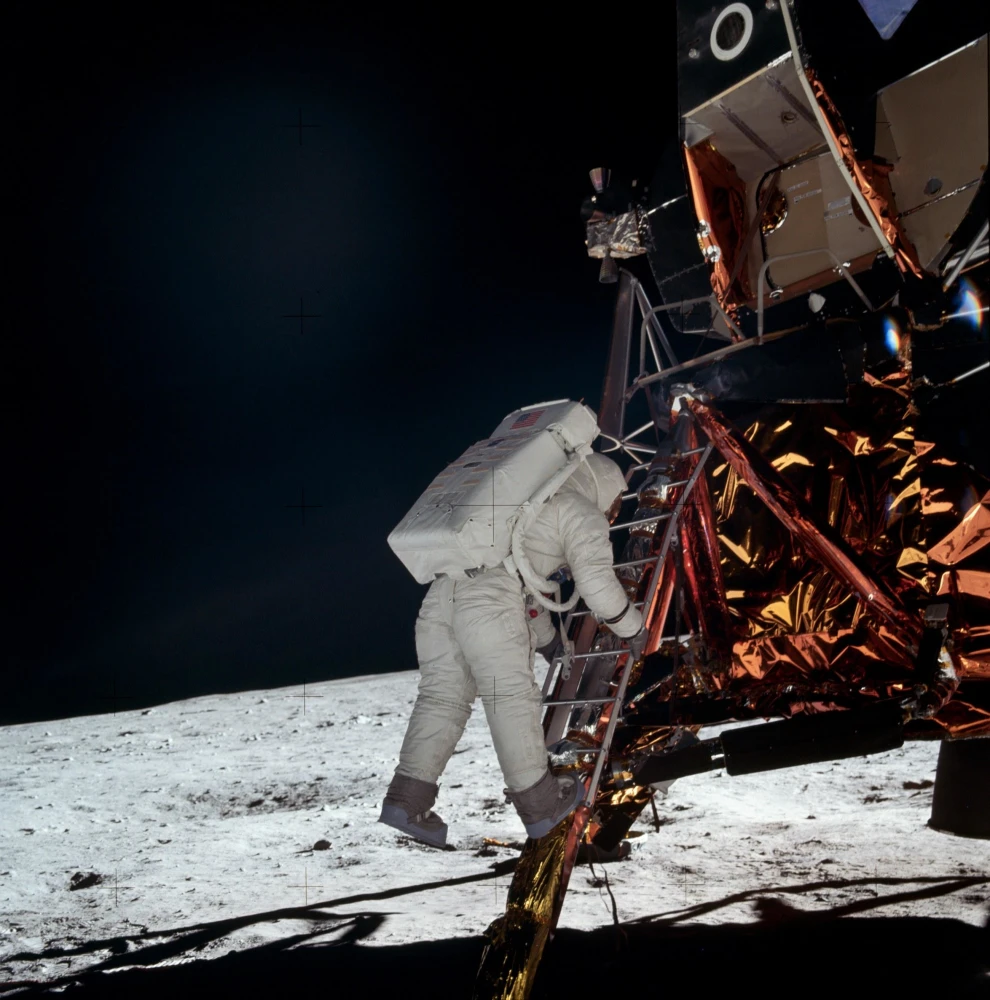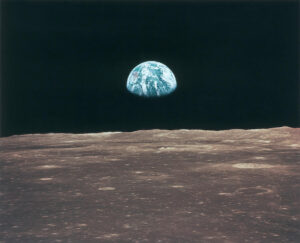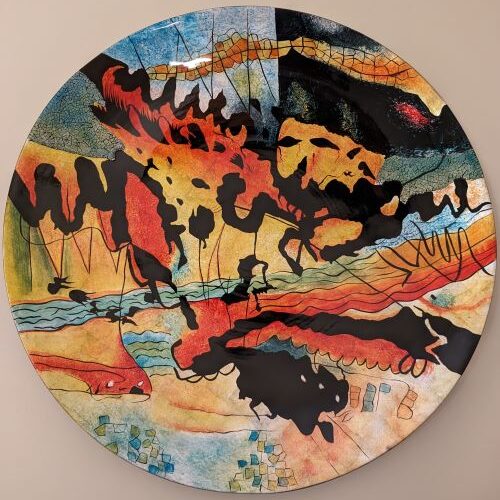
During the late ‘60s, three of the four summers of my college years were spent either working for NASA or a NASA contractor at Houston Space Center.
The first summer of the three I was hired as a permanent employee to do clerical work and received a “classified” status (the next level up is “secret”). The second summer I was a temporary employee. Both those summers I worked in Building 4, which is where the astronauts had their offices on the third floor.
My office space in Building 4 was adjacent to the lobby and elevator. It was fun to see the astronauts, such as Gus Grissom and Neil Armstrong and four or five more, plus Deke Slayton, the director of operations, wait for the elevator or come out of the elevator. Even before the moon landing, they were celebrities, just like movie stars.
It was a very exciting time to be there as astronaut training was underway in preparation for the moon landing. The training took place in Building 5, where the various simulators were located, such as the one for centrifugal force and the one for anti-gravity conditions.
The third summer was spent at Federal Electric, proofreading instruction manuals. When the moon landing was about to happen, we temporary employees were moved to another building. We were put on shifts to transcribe the live audio tapes of conversations between the astronauts and Command Center, and then to deliver the transcripts to the press.
I worked the night shift with four or five other transcribers. This was my process: I would be given a reel of an audio tape by my supervisor. Putting the reel onto a player, I would don my earphones, push “play” and type on a word processor what I heard. There are a lot of acronyms used by NASA, and I quickly learned the meaning of the ones used in the recorded conversations, such as ”LM” meaning lunar module.
Next, I would give my supervisor a copy of my transcribed tape. The supervisor would proofread what I had typed, note any corrections that needed to be made, and deliver final copies to the press, which was eagerly awaiting the exciting developments.
Wouldn’t you know it? I was given the tape to transcribe that had the words “One small step for man; one giant leap for mankind” — Neil Armstrong’s famous words.
There was a lot of discussion about my transcription not making sense. Shouldn’t it have been, “One small step for a man; one giant leap for mankind”? Many people listened to the tape multiple times. One supervisor even contacted Neil Armstrong in space to get clarification of what he actually said.
After much discussion, the final result was what I had typed: “One small step for man; one giant leap for mankind.”
And that was my small step into history with Neil Armstrong.

Copyright © 2024 by Barbara Puller
Editor’s Note re Image: Neil Armstrong’s voice from the moon to earth and Barbara’s headset!

Thanks, Barbara, for sharing this story. What an exciting time to be at NASA! And you got to transcribe such memorable words that became known around the world. Great story!
Very interesting account. Opened my eyes to the many people working behind the scenes of this monumental event.